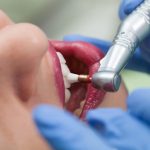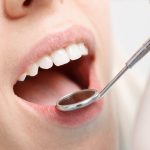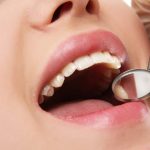At What Age Do Children Start Losing Teeth? A Parent’s Guide to Understanding Primary Tooth Loss
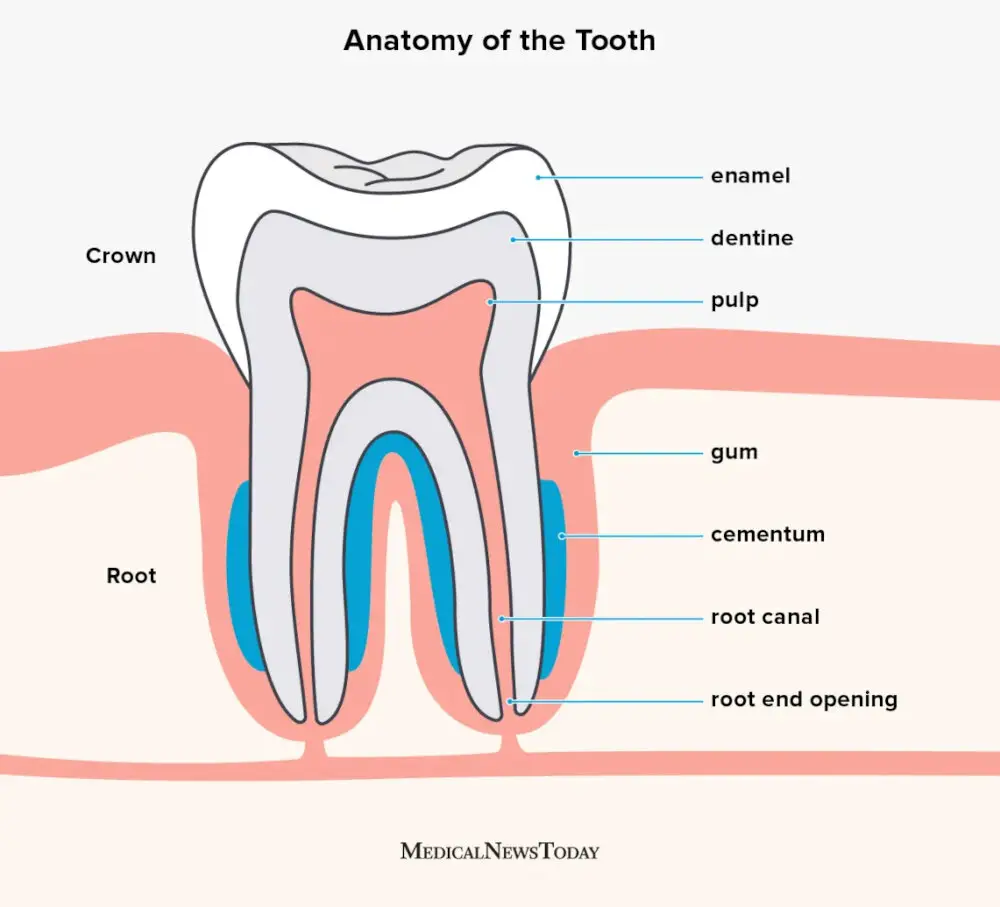
As parents, we are always on the lookout for milestones in our children’s development. One of the most exciting moments for children is losing their primary teeth. This signifies that they are growing up and entering a new phase in their life. However, as a parent, it’s essential to have a good understanding of when this process begins and what you can expect along the way. The age at which children start losing their teeth can vary from child to child. Generally, children begin to lose their primary teeth between the ages of five and seven years old. This process continues until the age of twelve or thirteen when all primary teeth have been replaced by permanent teeth. Understanding this process can help you prepare your child for the changes that are about to occur and help alleviate any fears or concerns they may have. In this guide, we will explore everything you need to know about primary tooth loss and what you can expect as a parent.
Primary teeth, also known as baby teeth, play a crucial role in a child’s oral health. They serve as placeholders for the permanent teeth and help guide them into the correct position. Primary teeth also aid in speech development and chewing food properly, which is essential for proper digestion. Neglecting primary teeth can lead to dental decay and infection, which can have lasting effects on a child’s oral health and development. Therefore, it’s important for parents to teach their children good oral hygiene habits and take them for regular dental checkups to ensure their primary teeth are healthy and strong.
Tooth loss is a natural process that occurs when a primary tooth falls out, making room for a permanent tooth to grow in. This process usually begins around the age of six or seven, when the roots of the primary teeth begin to dissolve, causing them to become loose and eventually fall out. The order in which children lose their primary teeth can vary, but typically the lower front teeth are the first to go, followed by the upper front teeth, and then the molars. Losing primary teeth is an important milestone in a child’s development, as it allows for proper alignment of the permanent teeth and helps to ensure a healthy smile for years to come.
When Does Tooth Loss Begin?
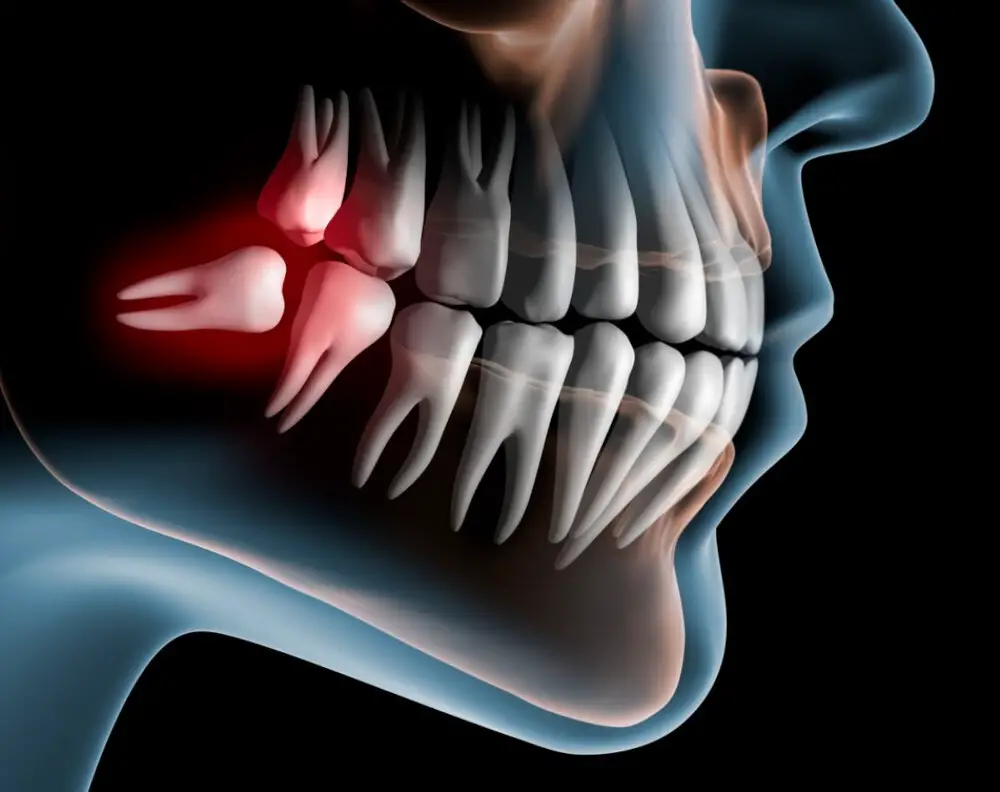
Tooth loss is a natural part of the growing process. Children start losing their primary teeth, also known as baby teeth, between the ages of 6 and 12. This process is called primary tooth loss, and it is a necessary stage for the development of permanent teeth that will replace them. The first teeth that usually fall out are the lower front teeth, followed by the upper front teeth, and then the primary molars. The last teeth to fall out are the second molars, which typically happens around the age of 12. It is important to note that the timing of primary tooth loss can vary from one child to another. Some children may lose their first tooth as early as 4 years old, while others may not start losing teeth until they are 7 years old. The order in which teeth fall out may also differ from one child to another. However, if a child has not lost any teeth by the age of 7 or 8, it is recommended to consult a dentist to ensure that everything is developing normally. Understanding the process of primary tooth loss can help parents prepare for this milestone in their child’s life and ensure that their child’s oral health is maintained throughout this process.
The age range for tooth loss in children varies, but typically starts around the age of 5 or 6 and continues until the age of 12 or 13. This process, also known as primary tooth loss, is a natural part of a child’s development as their permanent teeth begin to emerge. The sequence of tooth loss is not always the same for every child, but the front teeth are often the first to go. It’s important for parents to understand this process so they can help their child manage any discomfort or anxiety that may arise. Regular dental check-ups can also ensure that the child’s oral health is in good condition during this transitional period.
The timing of primary tooth loss can be influenced by various factors, including genetics, gender, nutrition, oral hygiene, and overall health. Genetics can play a significant role, as children tend to lose teeth at the same age as their parents did. Girls usually lose their primary teeth earlier than boys. A balanced and nutritious diet can promote healthy teeth and gums, while poor nutrition can delay tooth eruption and cause dental problems. Good oral hygiene habits, such as regular brushing and flossing, can help prevent tooth decay and gum disease, which can also affect the timing of primary tooth loss. Moreover, certain health conditions or medications can impact tooth development and eruption, leading to delayed or premature tooth loss.
Signs That Tooth Loss is Starting
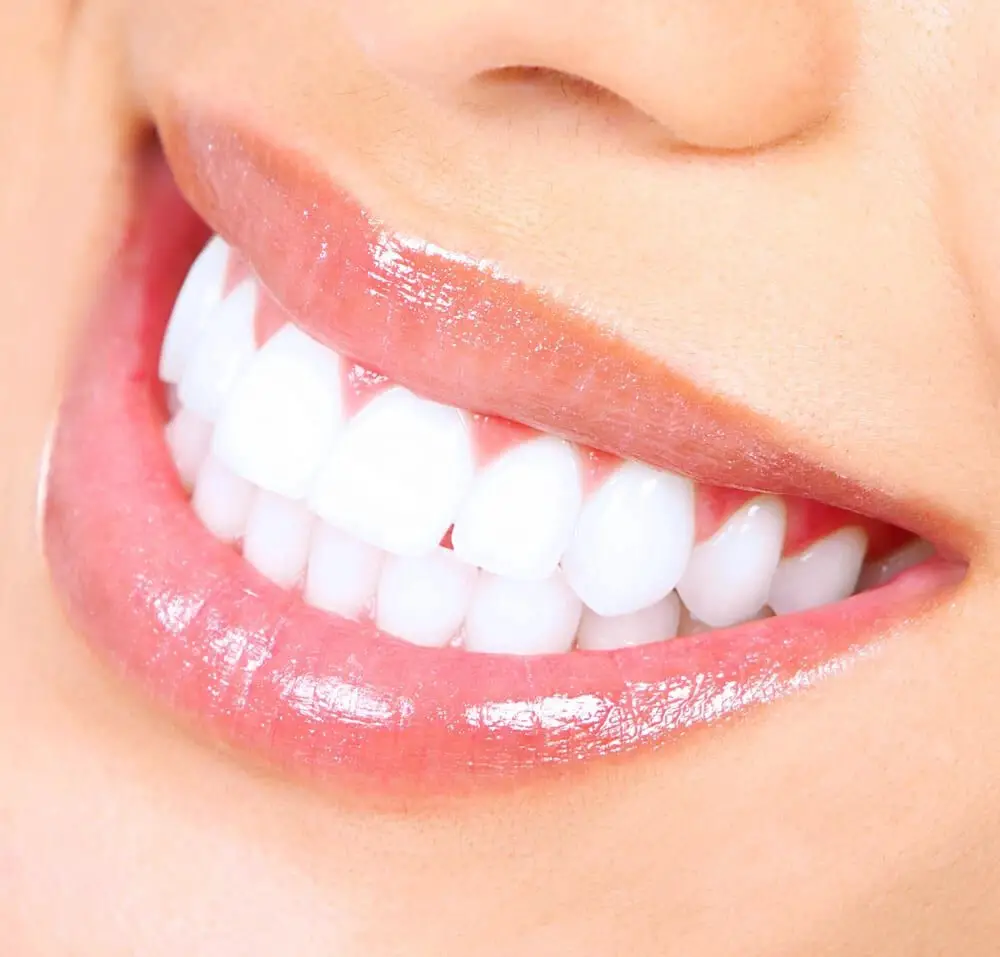
Tooth loss is a common issue that affects people of all ages. While it is typically associated with aging, tooth loss can occur at any stage of life. There are several signs that tooth loss is starting, and it is important to recognize these signs in order to take steps to prevent further damage. One of the most common signs of tooth loss is gum recession. When the gums recede, the tooth roots become exposed, making them more vulnerable to decay and damage. Gum recession can be caused by a variety of factors, including poor dental hygiene, gum disease, and aging. Other signs of tooth loss can include loose teeth, sensitivity to hot or cold temperatures, and pain or discomfort when chewing. If you notice any of these signs of tooth loss, it is important to schedule an appointment with your dentist as soon as possible. Your dentist can evaluate the health of your teeth and gums and recommend treatment options to prevent further damage. In some cases, tooth loss may be inevitable, but there are many options available to replace missing teeth, including dental implants, bridges, and dentures. By taking proactive steps to maintain your dental health, you can reduce your risk of tooth loss and enjoy a healthy, beautiful smile for years to come.
Physical signs are an essential indicator of primary tooth loss in children. Parents can observe several signs that can indicate the onset of losing baby teeth. The most obvious symptom is the appearance of a wiggly tooth. Children may complain of discomfort or pain while eating or brushing teeth, and they may also experience some bleeding from the gums. As the tooth becomes more unstable, it may protrude or move forward from the gumline. Parents may notice a gap or spacing between the teeth, which is an indication that the tooth is about to fall out. These physical signs can be helpful for parents to recognize and assist their children in the tooth loss process.
Behavioral changes are a common occurrence when children start losing their primary teeth. Children may become more irritable or anxious as they experience discomfort or pain due to the loosening or falling out of their teeth. Additionally, they may become more self-conscious about their appearance as gaps begin to form in their smile. Some children may also develop new habits, such as chewing on objects or sticking their tongue in the space left by a lost tooth. Parents can help their children navigate these behavioral changes by providing comfort and reassurance, encouraging good oral hygiene habits, and addressing any concerns or questions their child may have about the process.
Managing the Process

Managing the process of primary tooth loss in children can be a challenging task for parents. The process typically begins between the ages of 5 and 7 and can continue until the child is around 12 years old. It is essential to understand that every child’s experience with primary tooth loss is unique, and there is no set timeline for when teeth will fall out. Parents should be aware of the signs that their child’s teeth are starting to loosen, such as increased wiggling or movement. It is also important to have a plan in place for dealing with any discomfort or pain that may occur during the process. One way to manage the process of primary tooth loss is to encourage good oral hygiene habits. Children should be brushing their teeth twice a day and flossing regularly to help keep their teeth and gums healthy. Parents should also encourage their child to eat a balanced diet that includes plenty of fruits and vegetables. This can help to strengthen their teeth and make the process of primary tooth loss easier. Additionally, parents should be prepared to answer any questions their child may have about the process and provide them with reassurance and support throughout. By managing the process with care and attention, parents can help their child navigate this exciting milestone in their development.
As a parent, it can be difficult to watch your child experience discomfort during the process of losing their primary teeth. However, there are several tips that can help ease their discomfort. Encourage your child to chew on crunchy foods, such as apples or carrots, which can help loosen the tooth. Additionally, a warm washcloth or a cold compress can help alleviate any pain or swelling. Finally, be sure to provide plenty of positive reinforcement and encouragement to help your child feel more comfortable and confident during this exciting milestone in their development.
Maintaining good oral hygiene during tooth loss is essential to prevent infections and further tooth decay. It is important to brush and floss regularly, paying extra attention to the area around the lost tooth. Rinsing with salt water can also help to keep the area clean and promote healing. It is crucial to avoid smoking or using tobacco products as they can slow down the healing process. Additionally, consuming a healthy diet rich in calcium and vitamin D can promote strong teeth and prevent further tooth loss. If you experience any pain or discomfort, it is important to seek the advice of a dental professional to ensure proper care and treatment.
What Comes After Tooth Loss?
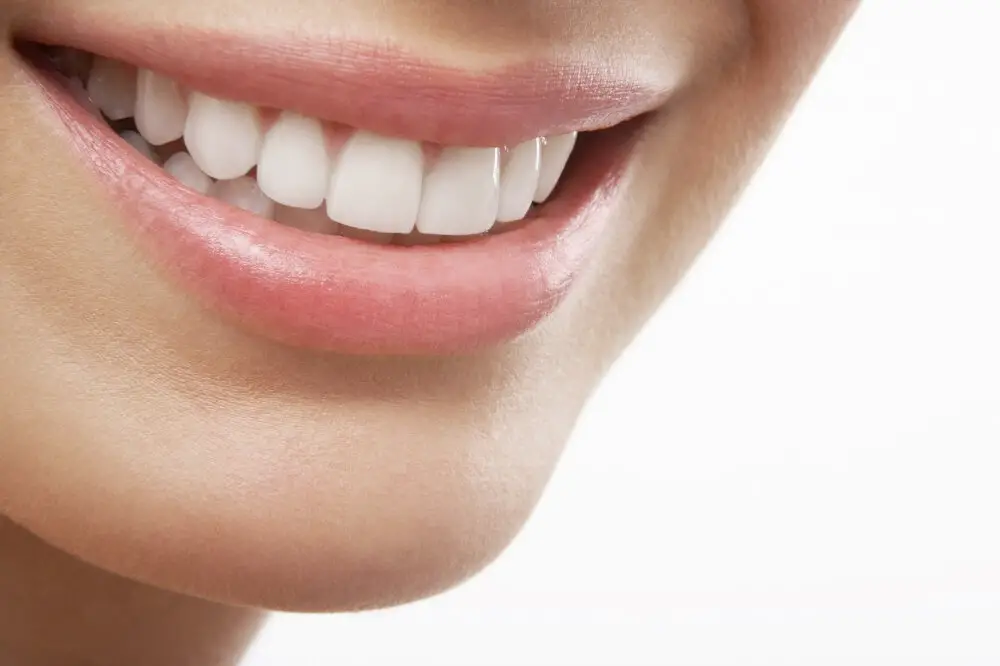
Tooth loss can be a difficult and sometimes painful experience for both children and adults. After losing a tooth, it is important to take steps to prevent further damage to the mouth and to ensure that the remaining teeth stay healthy. One option for replacing missing teeth is dental implants. These are artificial teeth that are surgically implanted into the jawbone, providing a strong and permanent replacement for missing teeth. Dental implants are a popular choice for adults who have lost teeth due to injury, decay, or other issues. Another option for replacing missing teeth is dentures. Dentures are removable prosthetic devices that are designed to replace missing teeth and restore the function and appearance of the mouth. They are typically made from acrylic resin and may include metal for added strength. Dentures can be full or partial, depending on the number of missing teeth that need to be replaced. They can also be customized to match the natural color and shape of the surrounding teeth, providing a natural and comfortable fit. Overall, there are many options available for replacing missing teeth, and it is important to work with a dental professional to find the best solution for your individual needs.
Adult teeth, also known as permanent teeth, are the set of teeth that replace the 20 primary teeth that children have. Most adults have 32 permanent teeth, 16 on the top and 16 on the bottom. These teeth start to grow beneath the gums during childhood and typically begin to emerge between the ages of 6 and 7. The process of permanent tooth eruption can take several years to complete and is usually finished by the time a person reaches their late teens or early twenties. Adult teeth are larger and stronger than primary teeth, and they are designed to last a lifetime with proper care and maintenance. They are crucial for biting, chewing, speaking, and maintaining the structure of the jaw and facial bones.
Maintaining oral health after tooth loss is crucial to prevent further complications. When a child loses their primary teeth, it is important to encourage them to develop good oral hygiene habits, such as brushing at least twice a day and flossing daily. Additionally, parents should ensure that their child is eating a balanced diet, rich in nutrients such as calcium and vitamin D, which are essential for strong and healthy teeth. Regular dental check-ups are also vital to monitor any changes in the child’s oral health and to detect any potential issues early on. If a child loses a primary tooth prematurely, it is important to seek professional advice to prevent any damage to the surrounding teeth or gums. With proper care and attention, children can maintain good oral health even after tooth loss.
In summary, understanding primary tooth loss is essential for parents to ensure proper dental care for their children. Children typically start losing their baby teeth around the age of six, and the process can continue until they are twelve years old. It is crucial to encourage good oral hygiene habits, such as brushing and flossing, to maintain healthy teeth and gums. Parents should also be aware of the signs of dental issues, such as tooth decay and gum disease, and seek professional dental care if necessary. Overall, being proactive in dental care can help ensure a healthy smile for your child’s lifetime.
In conclusion, the process of primary tooth loss in children is a natural and important part of their development. While it may seem scary or overwhelming at first, it is important for parents to understand the timeline and sequence of events so they can support their child through the process. Remember that every child is different, and some may start losing teeth earlier or later than others. It is important to maintain good dental hygiene habits and communicate with your child’s dentist to ensure their oral health is in good standing. Overall, approach this milestone with positivity and excitement for your child’s growth and development.
Conclusion
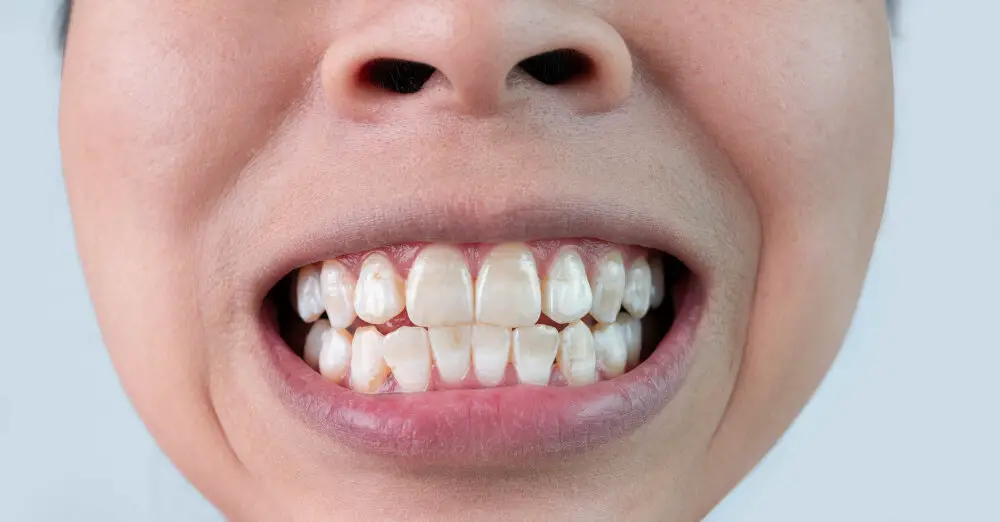
In conclusion, primary tooth loss is a natural and inevitable part of a child’s development, with the majority of children losing their first tooth between five and seven years of age. While this process can be exciting for both children and parents, it’s important to remember that each child’s experience will be unique. As parents, it’s our responsibility to support our children through this transition, both emotionally and physically. By understanding the process of primary tooth loss and working closely with our child’s dentist, we can ensure that our children have healthy smiles that last a lifetime.

